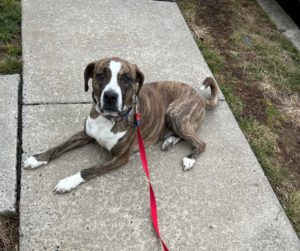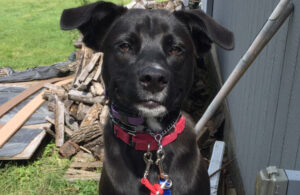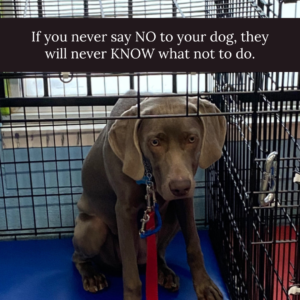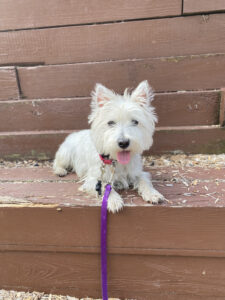If your dog has ADHD (inability to focus), aggressive behavior, gas, body odor, excess shedding, hot spots, red skin, dry skin, nail fungus, yeasty ears and paws, constantly licking or biting itself, red skin, brittle nails, itchy rear end and/or feet, and behavioral issues, you may want to reconsider the food you are currently feeding them.
Dog Food Advisor is the first place I go to review all brands of dog food. (Website link below)
They rate all brands of kibble, highlight pros and cons of all brands, and list any recalls. Their rating system is 1 to 5 stars—5 Star being the highest). However, just because the food is 4/5 or 5/5 star rated doesn’t mean it will be good for your particular dog. It can take 2-3 months for signs of allergies to manifest.
When you switch foods, do so gradually so there is no stomach upset. Do it over the course of weeks, and introduce the new kibble a ¼ cup at a time mixed with the current kibble (of course, back out that amount from the current kibble).
Avoid chicken because it is highly allergenic. Opt for “novel” protein sources, like lamb, turkey and wild caught salmon. I encourage people to rotate kibble every 3 to 6 months so your dog does not develop allergies. I stay away from brands that can be purchased in grocery stores, and I prefer to buy from small manufacturers.
Allergies are a systemic issue that start from the inside out and need to be healed with food, a good probiotic, digestive enzymes and possibly even vitamin C powder to support the dog’s immune system.
I have had success with Nature’s Farmacy probiotic Max or raw apple cider vinegar, and also Cran TriC powder, but you can experiment with other products you may find online or in Pet Feed stores (not big box pet stores—they usually do not have the best products).
Here are the links to the supplements I’ve used with my own dogs. I am not affiliated with these companies.
https://naturesfarmacy.com/dogzymes-probiotic-max/
https://naturesfarmacy.com/dogzymes-cran-tri-c/
Check out the documentary on Netflix called Pet Fooled—it talks about the kibble industry, and how dogs have gotten sick or died and companies had long standing knowledge that there was a problem.
Go to this website to look up your dog’s wet and dry food to see what allergens are in it, and to see if there have been any recalls on the food. I stay away from brands that can be purchased in grocery stores, and I prefer to buy from small manufacturers. Some brands that have been consistent are Anamaet, Fromm, Acana and Stella and Chewy’s.
I currently feed my doodles the Volhard diet—check them out at www.volharddognutrition.com
When you switch foods, do so gradually so there is no stomach upset. Do it over the course of weeks, and introduce the new food a ¼ cup at a time mixed with the current kibble (back out that amount from the current kibble). Add probiotics and or digestive enzymes to assist your dog in assimilating the new food better.
This is just a drop in the bucket on nutrition. I could talk for hours, but I think it’s best for you to see where you can make changes here (start with a decent brand and choose a different protein). Go slowly, then make adjustments. It took months to figure out our one dog’s irritable bowel problem. You have to be patient and become a detective. Read labels, and look at your dog’s health—this is where you start. Lastly, seek the help of a holistic vet, either locally or do an online search. You can get advice over the phone from a vet–that’s what we did, and it saved our Labradoodle!!











